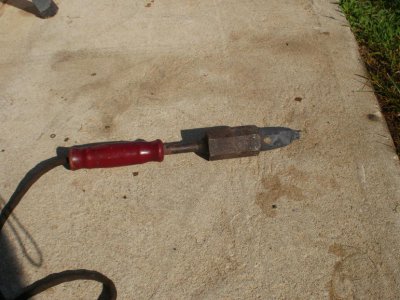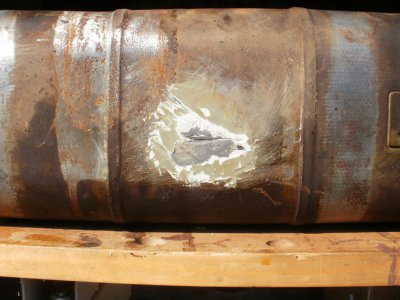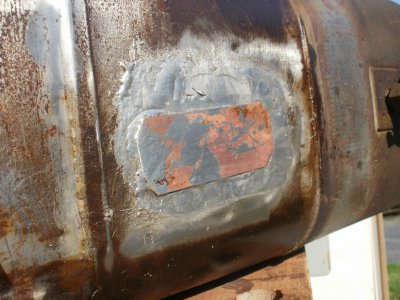- Joined
- Sep 2, 2013
- Messages
- 5,107
On brass you would be fine using regular plumbing lead free solder and paste flux, though 50/50 would be a little easier if you could find any. Make your fit up as tight as you can get it, and clamp it in place so it can't move around on you. Don't forget surface prep, wire brush, or emery cloth/sandpaper. Put most of the heat to the fitting, and as soon as it freely takes the solder, let it flow in and around and get out. Just mapp gas should be more than adequate. if you are doing it on the bench, should be a piece of cake, and clamping it in place shouldn't really be neccessary. Mike





